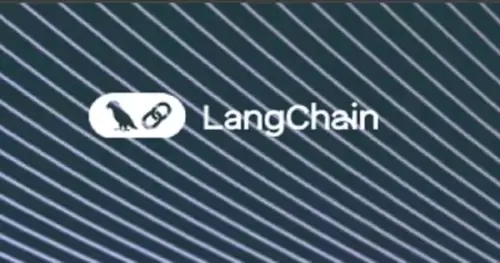Explore the latest developments in Ethereum's quest for quantum resistance and scalability, focusing on ZK-VMs and the Naoris Protocol's innovative approach.

Ethereum, ZK-VMs, and Quantum Resistance: A New Era for Blockchain Security?
Ethereum's future is looking bright, y'all. We're talking quantum-resistant cryptography, ZK-VMs, and a whole lotta innovation to keep this blockchain king on its throne.
The Ethereum Surge: More Than Just Hype
Back in July 2024, Ethereum's price jumped over 50%, its biggest monthly gain since 2022. This wasn't just a fluke; it was a sign of serious institutional investors hopping on board. They're digging the network upgrades like the Dencun update and the ability to withdraw staked ETH. These changes are making Ethereum more scalable and trustworthy, which is music to any investor's ears.
Lean Ethereum: Future-Proofing the Blockchain
Justin Drake and the Ethereum Foundation are cooking up something special: Lean Ethereum. This initiative is all about making Ethereum quantum-resistant, boosting its scalability, and simplifying its architecture. How? By bringing in three heavy hitters: Zero-Knowledge Virtual Machines (ZK-VMs), Data Availability Sampling (DAS), and the RISC-V framework.
- ZK-VMs: These bad boys let Ethereum verify computations without spilling sensitive data or re-running transactions. Think privacy and speed, all in one.
- DAS: Nodes can confirm data availability by sampling only a tiny bit of each block, cutting down on storage needs and spreading the decentralization love.
- RISC-V: An open-source instruction set that streamlines Ethereum’s code, making it easier to audit, more secure, and ready for future tech.
Naoris Protocol: A Quantum-Resistant Security Mesh
Enter Naoris Protocol, the first in production quantum-resistant blockchain and cybersecurity mesh architecture. These cats are launching their $NAORIS token on July 31, 2025, which is a big step toward a new security layer for the internet. We're talking protection from both quantum and traditional threats for Web3 and Web2 ecosystems.
The $NAORIS token is the engine driving a machine-driven trust economy. It enables real-time, quantum-resistant security validations across Web3 and Web2. Naoris operates at the Sub-Zero Layer, providing the trust and security fabric for decentralized applications and existing internet infrastructure, and integrates directly with EVM-compatible blockchains without requiring hard forks.
Challenges and Opportunities
Of course, it's not all sunshine and rainbows. Implementing Lean Ethereum and integrating new protocols like Naoris will have its hurdles. We're talking migration issues, backward compatibility, security audits, and getting the whole community on board. But the potential rewards are massive. Imagine a more secure, scalable, and efficient Ethereum, setting a new standard for the entire blockchain industry.
My Two Satoshis
Here's my take: Ethereum's commitment to quantum resistance and scalability is crucial. The move towards ZK-VMs and the emergence of solutions like Naoris Protocol signal a proactive approach to future-proofing the network. As quantum computing evolves, these measures will become increasingly vital. The proactive measures being taken by Ethereum, including exploring quantum-resistant cryptography, position it favorably for long-term relevance. Moreover, these advancements not only fortify Ethereum's infrastructure but also inspire innovation across the blockchain sector. While challenges persist, the overall trajectory indicates a robust and adaptable ecosystem poised for sustained growth.
The Future is Bright (and Secure)
So, what's the bottom line? Ethereum is not just sitting still. It's evolving, adapting, and preparing for whatever the future throws its way. With quantum-resistant tech, ZK-VMs, and a community of dedicated developers, Ethereum is poised to remain a leader in the blockchain space. Keep your eyes peeled, folks, because the next chapter is gonna be a wild ride!












































































